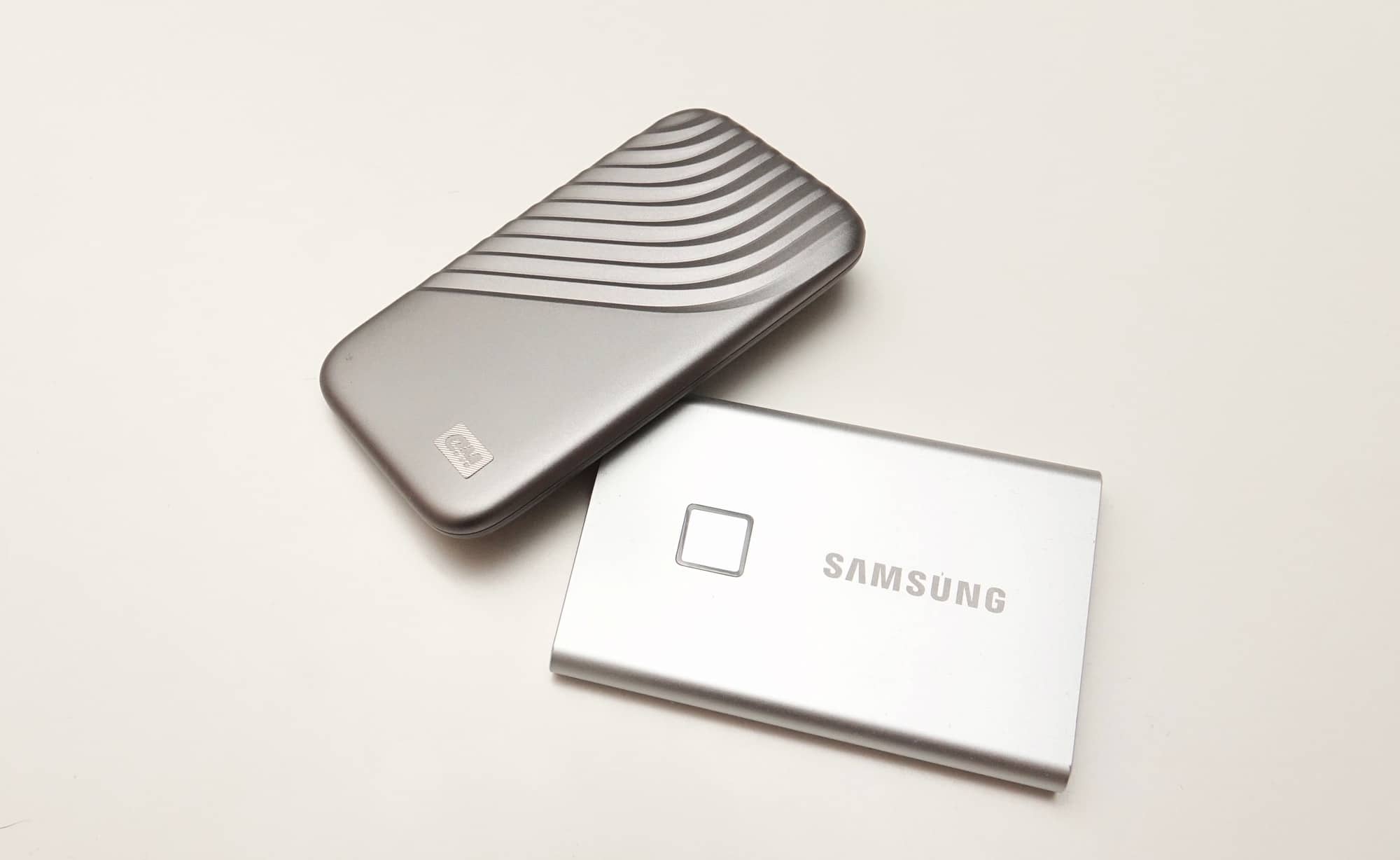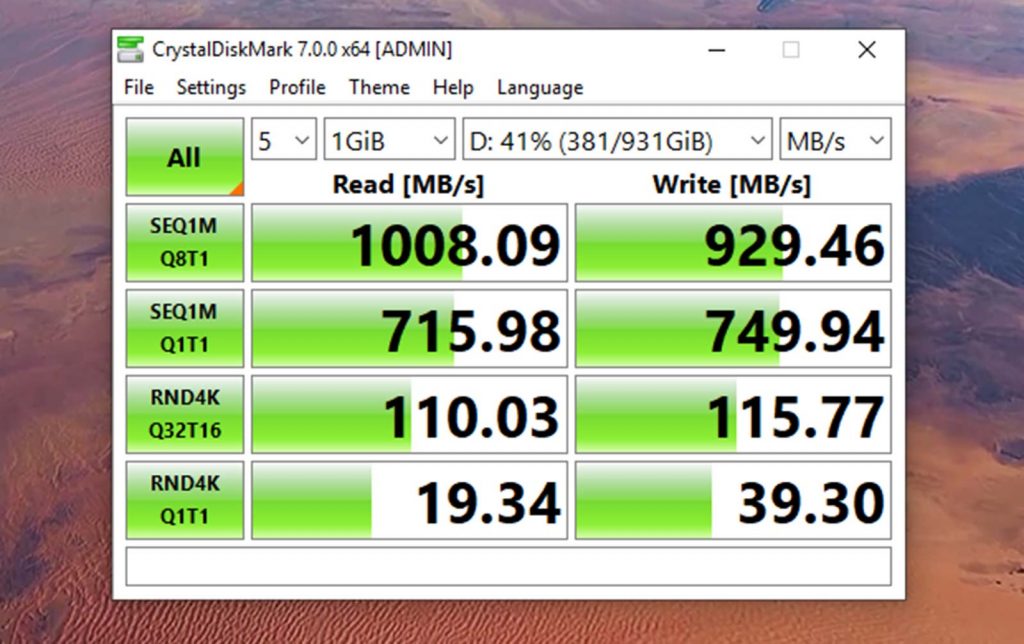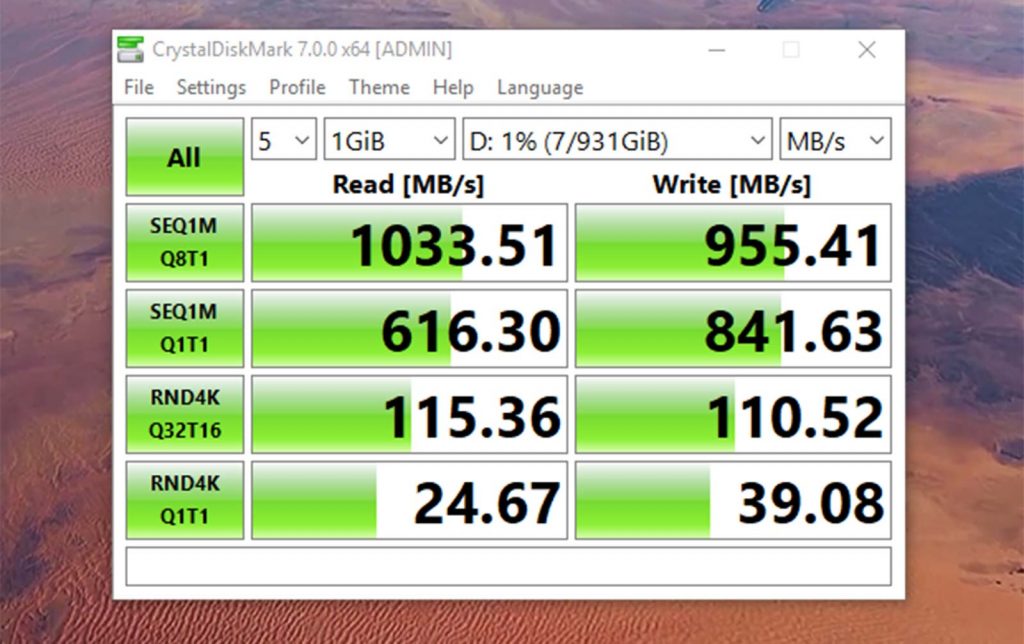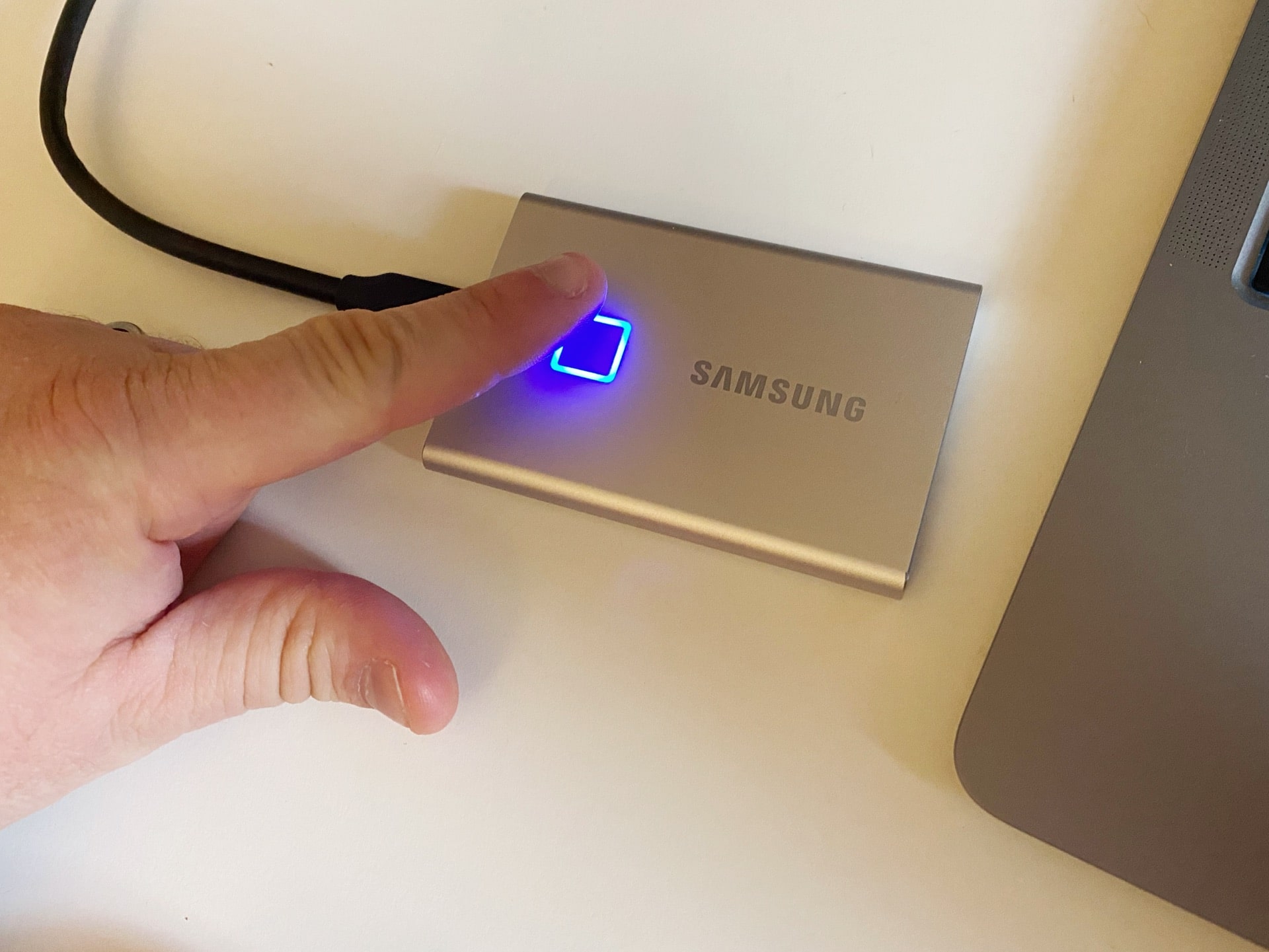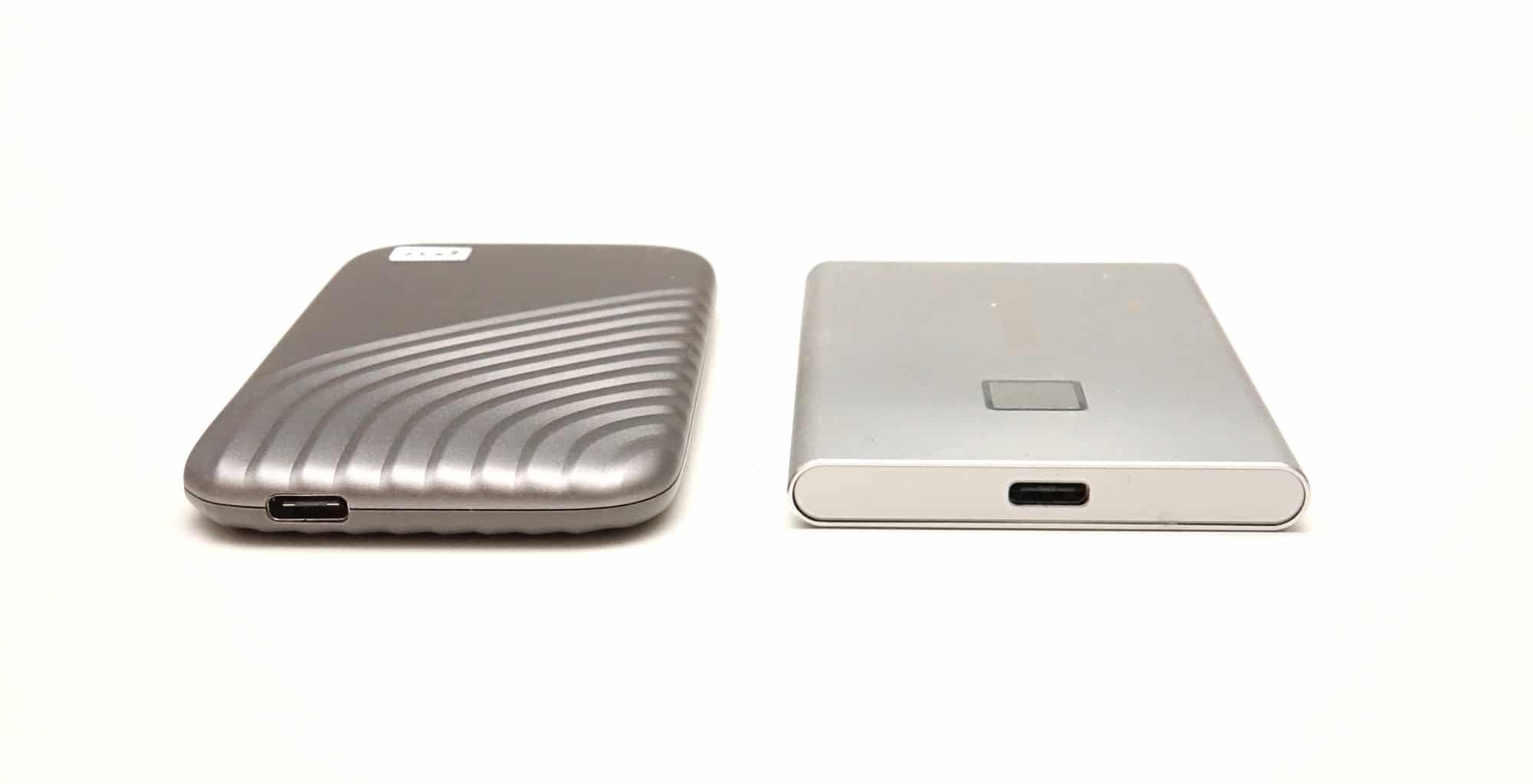Fast and light, the world has two pretty solid SSDs from WD and Samsung, but which one is best? From price to speed, we’ll work out whether the 2020 My Passport or T7 is the drive for you.
There’s little doubt that external storage has changed in the past decade, with hard drives gradually being overtaken by the solid-state drive. While both can still be found, the differences in the technologies become clear once you’ve seen both in action.
For instance, hard drives are still incredibly useful, providing lots of storage in a highly economical way, able to provide a highly portable 2TB of space for under $100, and a little over twice that amount at 4 to 5TB at under $200. That’s a fair amount of storage for not a whole lot, able to hold plenty of pictures, documents, and downloads aplenty.
While portable hard drives provide a cost-effective approach to storage, they don’t always boast the best speed. Simply put, the technology isn’t quite as fast as the memory we use in our phones, computers, and solid-state drives, which is why a hard drive will lose out to an external SSD.
Smaller, lighter, but definitely more pricey, a solid-state drive is similar to the memory in your phone and ultra-thin laptop, but found in an external way. They’re super compact and very fast, and in 2020, delivering more speed than ever.
If you’re buying external storage to back-up or take files with you, and speed is a critical factor, you want to look at an SSD, as they’re just the best option.
But which SSD should you get?
In Australia, there are two super fast models out for 2020, with one from Samsung and the other from WD. So which is best: the Samsung T7 Touch SSD or the 2020 WD My Passport SSD?
Design
Take a look at both the Samsung T7 Touch and WD My Passport SSD, and you’ll find metal, though different amounts for each.
In Samsung’s SSD, it’s an all-metal design with softened corners that feels light yet durable. With WD’s My Passport, the approach is to offer metal and plastic, though with more texture.
We think Samsung’s is the more successful of the design, with WD’s combination of metal and plastic coming off a little cheap, while Samsung’s is like the totally metal computers many have fallen in love with. This one goes to Samsung.
Winner: Samsung T7 Touch SSD
Durability
While we think Samsung’s T7 has the edge in design thanks to that all-metal approach, both the T7 and My Passport are as sturdy and durable as each other.
We wouldn’t suggest dropping either, but thanks to the lack of moving parts, both will survive drops of up to two metres, which is a fair bit stronger than your typical external hard drive, where a drop is also known as “a bad idea” and “a good way to destroy a hard drive”.
Winner: Tie
Speed
Speed is actually one of the critical features for the drives, especially in 2020 where it seems like storage manufacturers have made a pretty monumental jump in performance.
While the previous external SSDs from both WD and Samsung delivered maximum speeds of 400 to 500 megabytes per second, this year we’re seeing speeds practically double that, with a maximum of 1050MB per second read and 1000MB per second write.
Or to put it simply, the new 2020 SSDs can both hit around a gigabyte a second. Yikes.
That’s the idea, anyway. In practice, both get a little under that, though we found WD’s My Passport SSD could get closer to the mark.
For our reviews, Samsung’s T7 SSD would top out at 900MB/s read and 860MB/s write in Blackmagic’s Speed Test, while WD’s 2020 My Passport SSD clocked in at 909MB/s read and 934MB/s write in the same test.
The difference was a little more pronounced over on Windows with the Crystal Disk Mark test, with Samsung’s T7 Touch SSD delivering a max of 1008MB/s read and 929MB/s write, while WD’s 2020 My Passport SSD clocked in at 1033MB/s read and 955MB/s write.
It’s a small difference, but it’s enough to give this one to WD.
Winner: WD My Passport SSD
Security
Both drives are fast, that much is clear, but what about secure?
Technically, they both support a way of encrypting the drive, provided you use either the Mac or Windows apps that come with each, but only one comes with physical security.
Likely from Samsung’s work on phones and tablets, the Samsung T7 SSD is also known as the Samsung T7 Touch, thanks to a fingerprint sensor found on the top. Once setup, the drive will remain secured until the registered finger unlocks the drive. Essentially, someone could nab your drive and plug it into their machine, but it won’t give up the goods and provide what’s on the drive until the right finger is scanned.
Now that’s a cool security feature, and one that doesn’t need an app to be installed.
Winner: Samsung T7 Touch SSD
Compatibility
Making the drives work with any computer is important, and both will work with pretty much any computer. Both the Samsung T7 and WD My Passport SSD arrive with old school and new school USB cables, thanks to Type A (the old rectangular kind of USB) and Type C (the newer reversible ovular design) being supported.
Both drives can technically be plugged into Android phones, too, and will work anywhere where a USB plug can be plugged into a computer.
Winner: Tie
Value
While there are definite similarities between the two drives, there is one area where WD clearly has an edge: value.
At $189 for 500GB, $319 for 1TB, and $629 for 2TB, WD’s My Passport SSD is a better price proposition. In comparison, the Samsung T7 SSD charges $279 for 500GB, $439 for 1TB, and $849 for 2TB.
Both of those are recommended retail prices, and may differ dramatically from street pricing, which is the amount it will cost you in stores.
At street pricing, the value becomes a little harder to discern, with the Samsung T7 Touch fetching $179 for 500GB and $269 for 1TB in one place we checked, while WD’s recent addition to the My Passport line isn’t easy to find locally yet.
That makes this one a bit of a draw, provided you don’t spend the recommended retail pricing on Samsung’s drive. If presented with the suggested retail pricing on the Samsung, the WD is the better value. If you shop around, though, both drives are as solid values as each other.
Winner: Tie
What should I choose: Samsung T7 SSD or WD My Passport SSD
As to whether which of these two top-tier SSDs you should consider, we’ll have to use the immortal words of Monty Python‘s Black Knight, in that “we’ll call it a draw”.
In our tally, it’s as close to a tie as it gets, and there’s no clear and obvious leader over the other.
Frankly, if security is the most important aspect of your search, we’d look at Samsung’s T7 Touch, as that fingerprint sensor is hard to go past. If it’s speed, WD’s My Passport SSD edges out the competition, just barely.
However both the Samsung T7 Touch and WD My Passport SSD are just as good as each other, and provided you shop around, you’ll find solid drives in each, not just solid-state drives.


